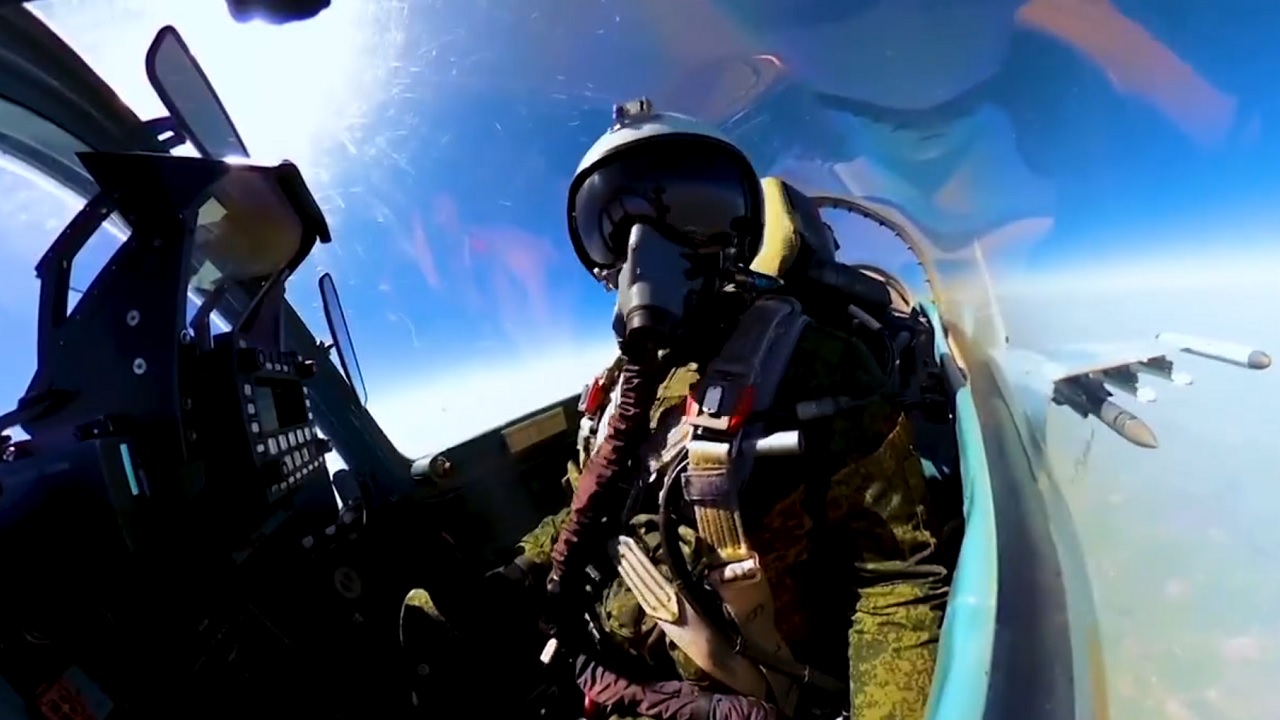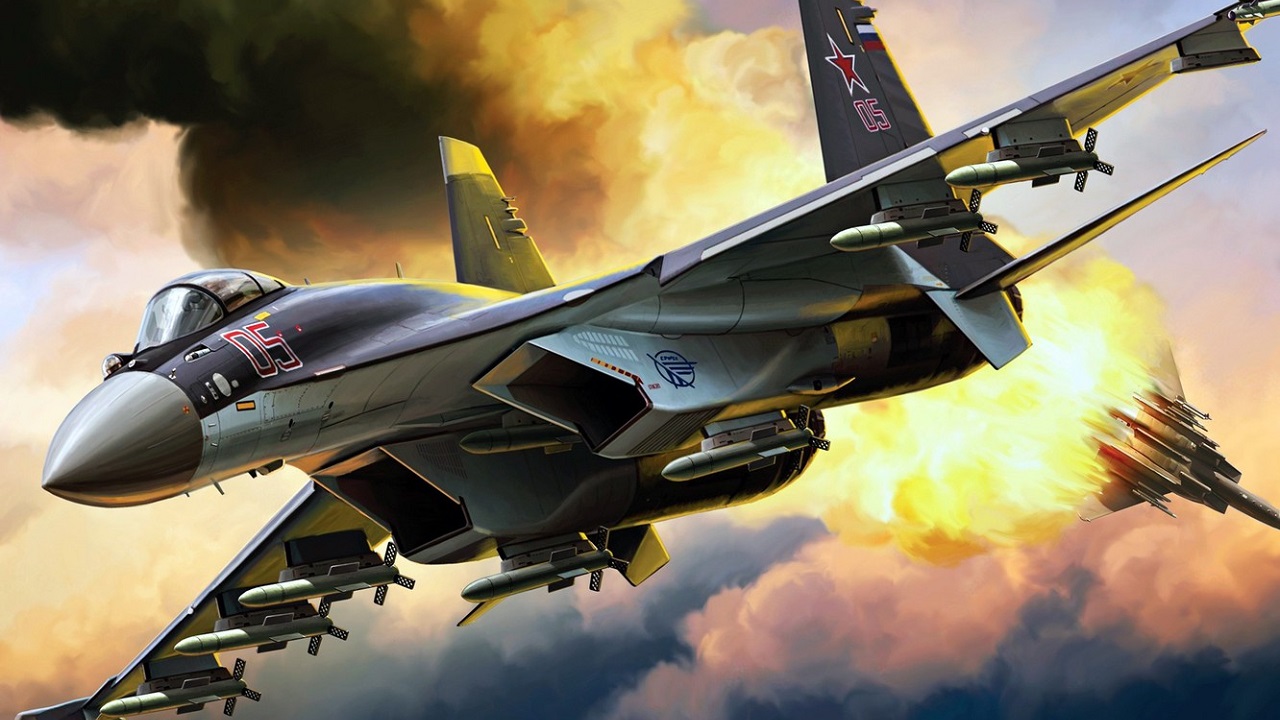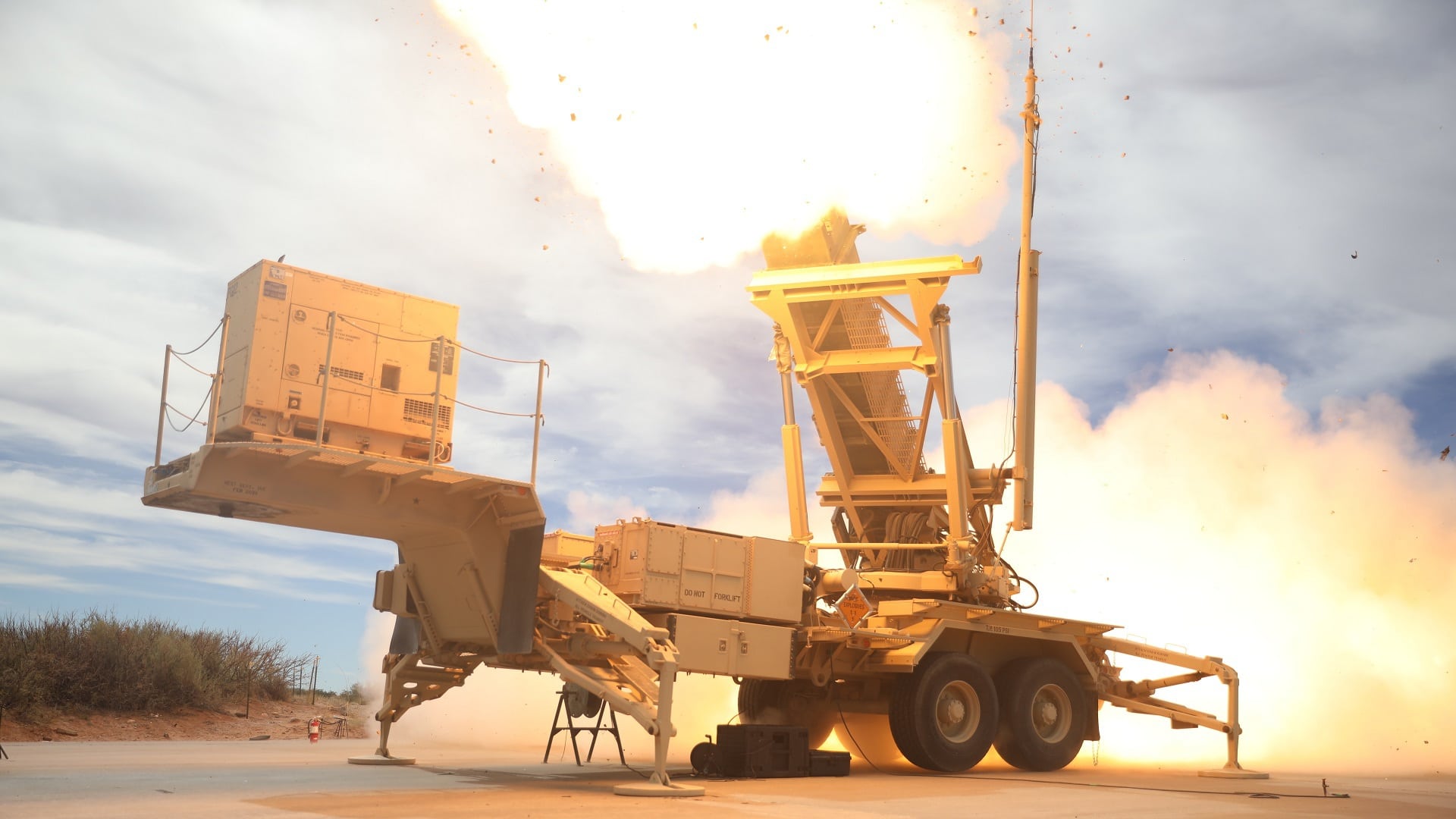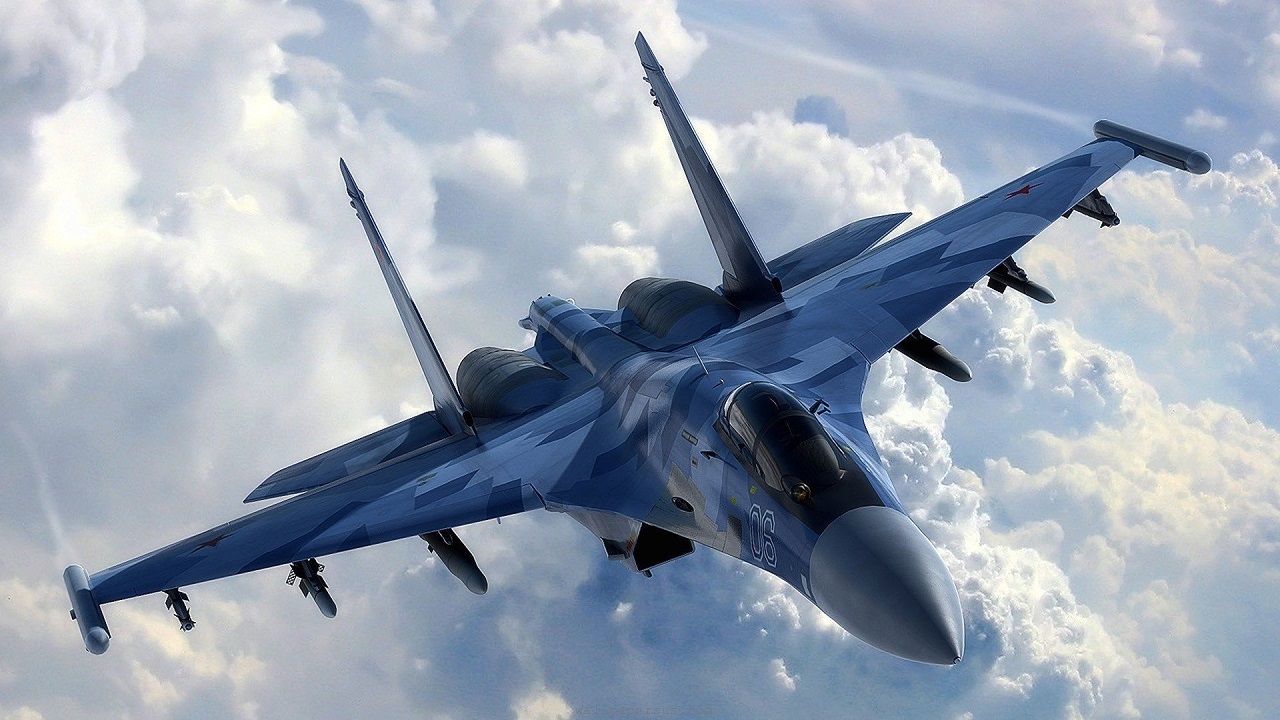Key Points: Russia’s Su-35 “Flanker-E” fighter has underperformed in Ukraine, undermining its reputation as an air superiority asset.
-Despite advanced radar, fire control systems, and weaponry, the Su-35 has faced significant losses, with Ukrainian air defenses, including Patriot missile batteries, proving highly effective.
-Initially employing glide bombs from beyond SAM range, this tactic lost effectiveness as Ukraine adapted.
-The Su-35’s maintenance-intensive design has further reduced its operational availability, and many airframes are nearing the end of their service life.
-Once expected to dominate, the Su-35 now faces questions about its reliability and future role in offensive or defensive operations.
Russia’s Su-35 Struggles in Ukraine: Air Superiority Undermined
Russia expected air superiority and even air dominance from the earliest days of the war in Ukraine.
Russia went into battle, boasting a modernized air force with the numbers edge in airplanes.
The pilots were believed to have been better trained and more experienced. That’s why it has been a surprise that the Russian air force has struggled so much during aerial combat.
Look no further than the Sukhoi Su-35 “Flanker-E” as exhibit A, symbolizing the war’s difficulties.
Russia has lost a substantial number of Su-35s, and it must be frustrating for the generals who believed they had a bulletproof battle plan before the war.
What Is the Problem?
It is estimated that Vladimir Putin’s air force has lost at least 357 aircraft in the war, according to Ukrainian sources. Many of these have been Su-35s.
In February of this year, Ukraine shot down six Flanker-Es. Western-supplied air defense batteries, including the famously effective Patriot surface-to-air missiles, have made an enormous difference.The Su-35 is supposed to be an air superiority fighter that shouldn’t be having this much trouble.

Russia pilot behind the controls of a Su-35S. Image Credit: Twitter Video Screenshot.
It has the reputation of being stubbornly effective at dogfighting and can deliver doom on the ground with excellent close air support skills.
A Quick Backstory
The Su-35 was designed to be an outgrowth of the Su-27.
At the time, Russia wanted to compete with the F-15E Strike Eagle and the F-14 Tomcat. An early Su-35 prototype took to the skies in the early 1980s.
The Su-35 became known for its high speed and maneuverability. The fighter has long-range and powerful engines.
Due to these qualities, it was expected to have a nice level of survivability, and it has been a surprise that it has struggled so much in combat.
Su-35: Weapons, Radar, and Fire Control Systems Are a Strength
The Flanker-E can also be armed to the teeth with a dozen hardpoints for weapons. It can fire an array of air-to-air and air-to-surface missiles, plus laser-guided bombs that allow it to outduel enemy airplanes and make sure soldiers on the ground can survive during a fight.
The fire system and radar are excellent, and the Su-35 can track up to ten targets and fire multiple weapons at once.
This Fighter Should Survive Better
The Su-35 has fly-by-wire functionality. This allows it to perform up to 10 gs during maneuvers. Two Saturn Al-41F1S turbofan engines push out nearly 31,000 pounds of thrust on afterburners with a top speed of MACH 2.25.

Su-35S fighter. Image is an artist rendering – Creative Commons.
After taking heavy losses, the Russians began flying the Su-35 out of range of enemy SAM sites. It then launched the glide bombs that were once devastatingly successful against Ukrainian targets, but the defenders began using anti-aircraft systems to take out the glide bombs.
This leaves the Su-35 with a tenuous mission set.
What Is Next for the Su-35 Flanker-E?
The Russian Air Force must take a long, hard look at the Su-35 and conduct an in-war study to examine the airworthiness and combat skills of its pilots.
The aviators may have come into the war overconfident about their flying skills and overestimated the efficacy of the Flanker-E.
One adjustment Russia made was flying out of range of the SAM systems. The glide bombs were highly effective at first, but the Ukrainians eventually had an answer to the new weapons. The other problem has been the level of maintenance needed for the decades-old Su-35.
The sortie rate was high at the beginning of the war but has now leveled off due to repairs needed on the heavily used airframe. Many Su-35 fighters have few flight hours left, and some have been grounded.

Soldiers from 69th Air Defense Artillery Brigade conducted Patriot Missile live fire training, November 5, at McGregor Range Complex on Fort Bliss. The live fire exercise was conducted jointly with Air Defense counterparts from the Japanese Self-Defense Force. (U.S. Army Photo by Staff Sgt. Ian Vega-Cerezo)
Overall, the Su-35 has been a disappointment. It came into the war looking to dominate, but that didn’t happen. It has some redeeming qualities, but the Ukrainian air defenses have been able to shoot it down in numbers.
The Russian air force tried to change tactics and launch glide bombs out of range of SAMs, but those munitions did not have as significant an effect as they once did. The aging airframe is maintenance-heavy, and some Su-35s simply do not fly.
Russia must wait and see if these fighters can be used for offensive operations or relegated to protecting borders for home defense.
About the Author: Dr. Brent M. Eastwood
Brent M. Eastwood, PhD, is the author of Don’t Turn Your Back On the World: a Conservative Foreign Policy and Humans, Machines, and Data: Future Trends in Warfare, plus two other books. Brent was the founder and CEO of a tech firm that predicted world events using artificial intelligence. He served as a legislative fellow for U.S. Senator Tim Scott and advised the senator on defense and foreign policy issues. He has taught at American University, George Washington University, and George Mason University. Brent is a former U.S. Army Infantry officer. He can be followed on X @BMEastwood.

